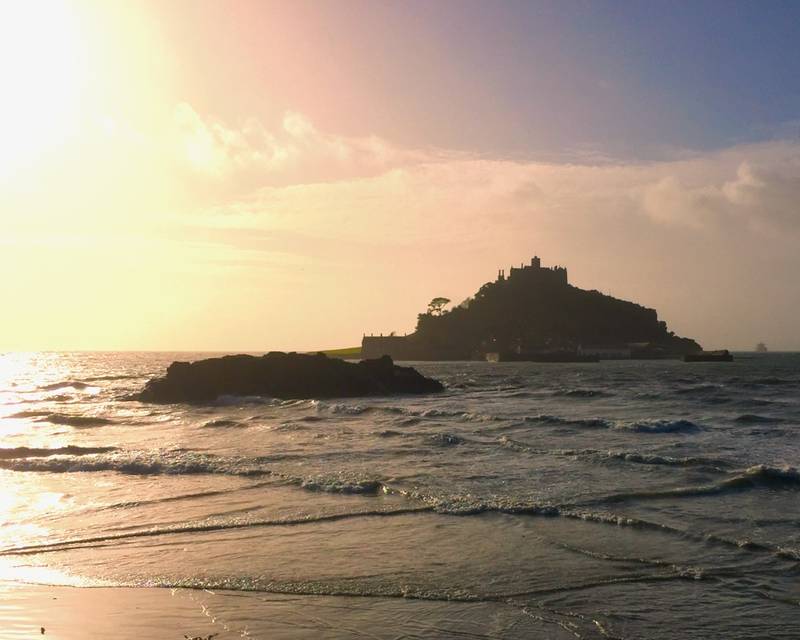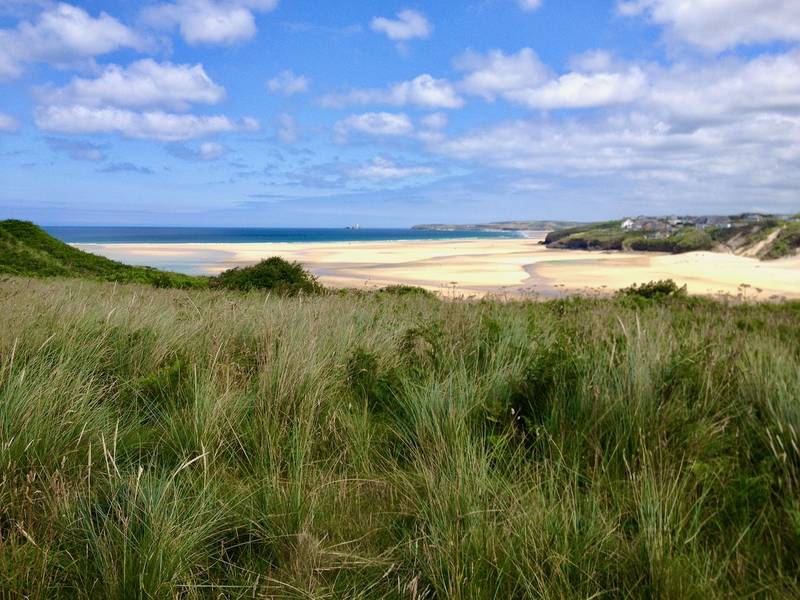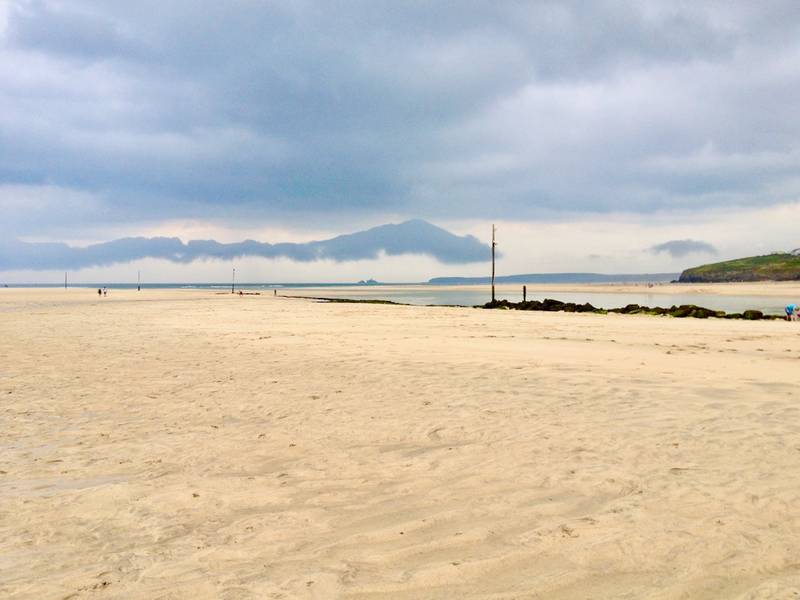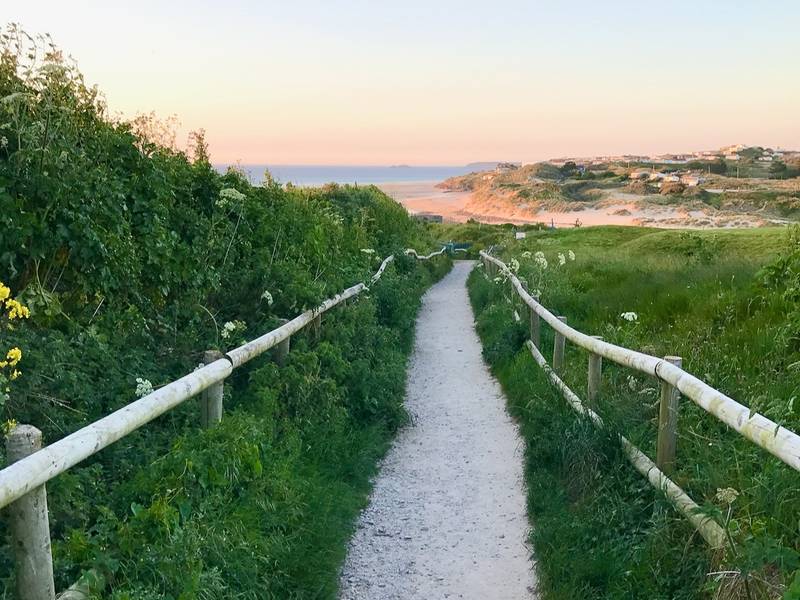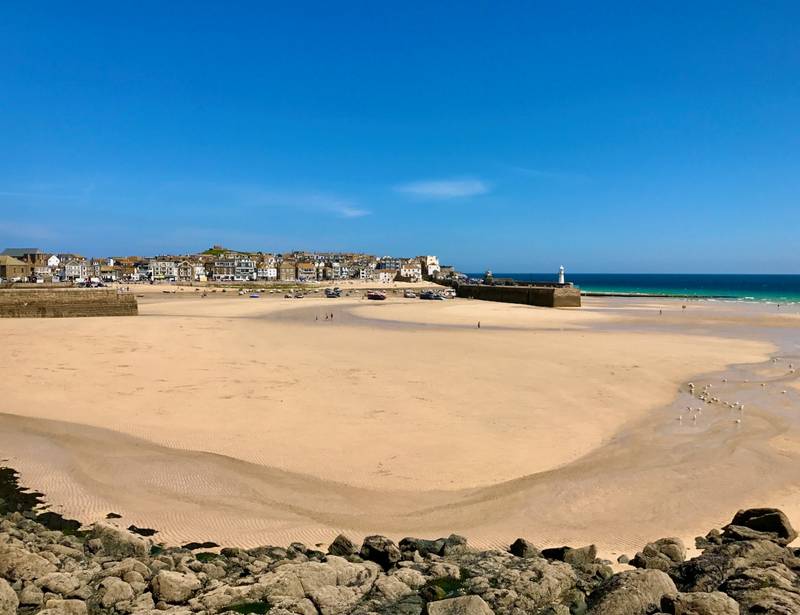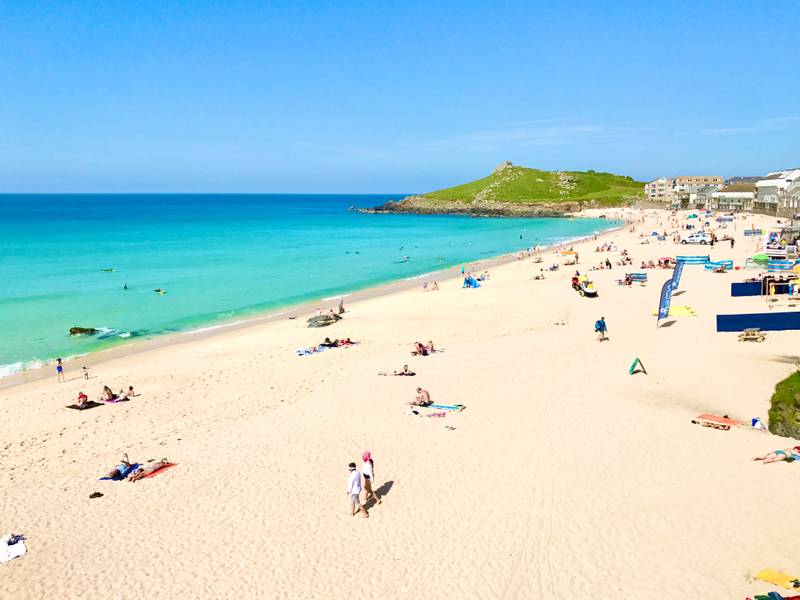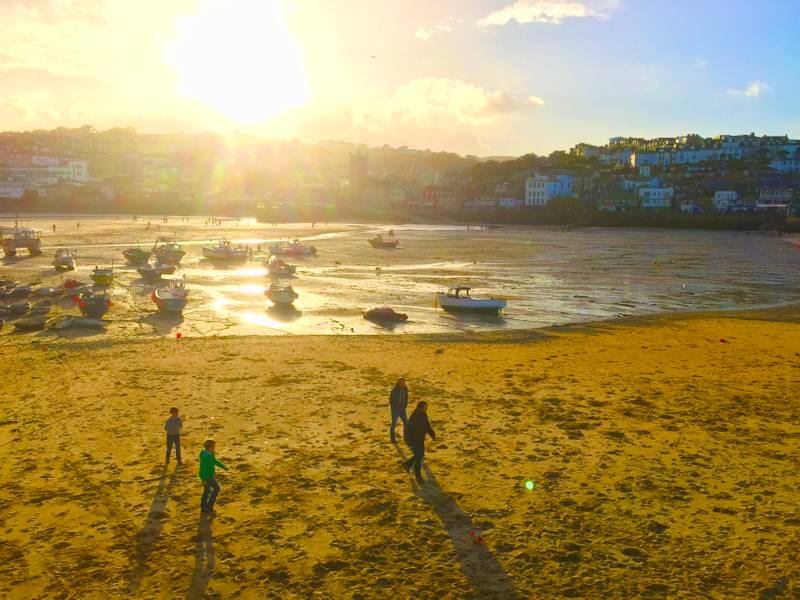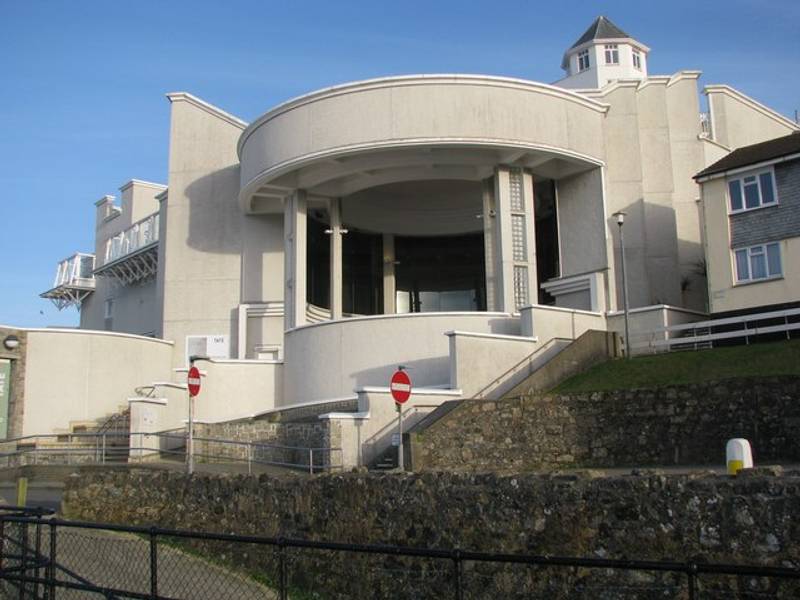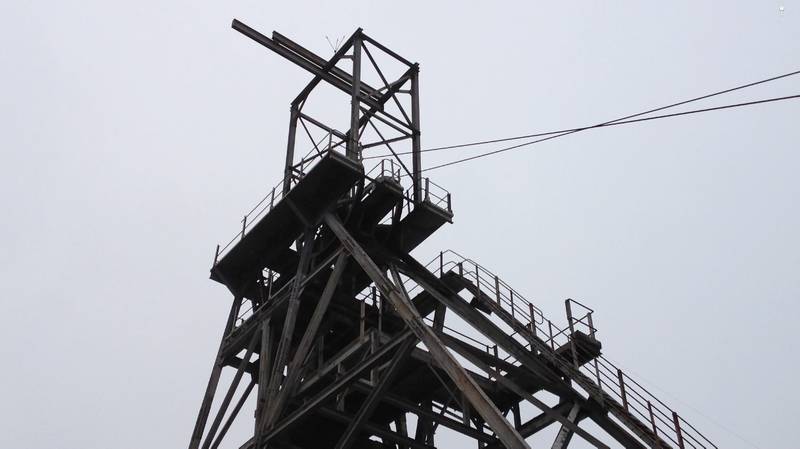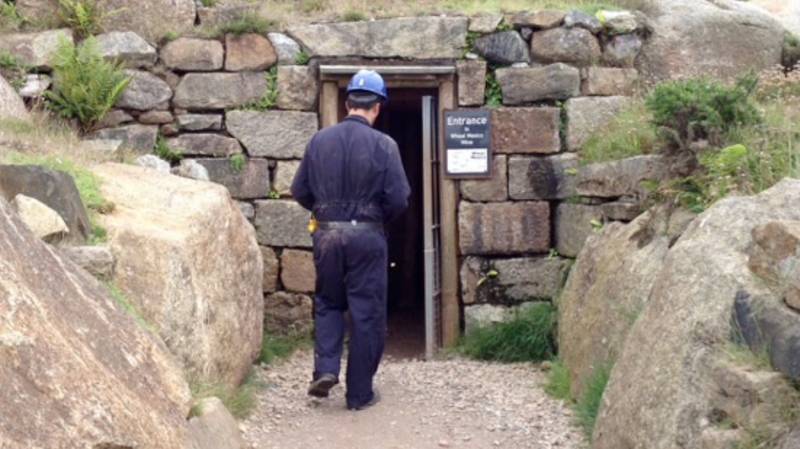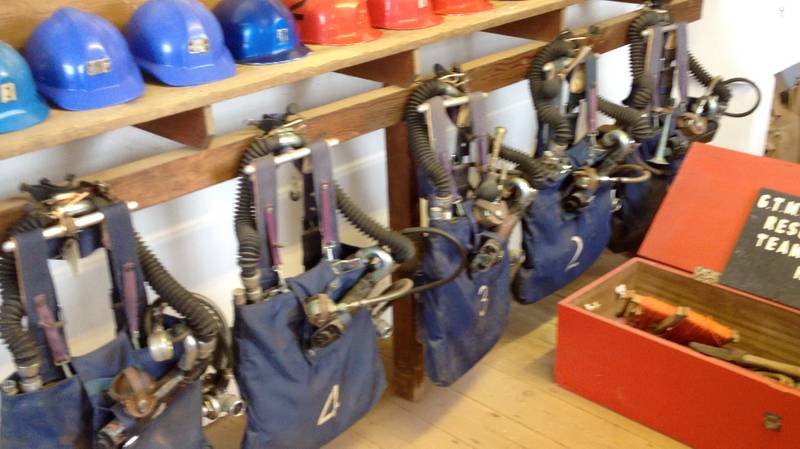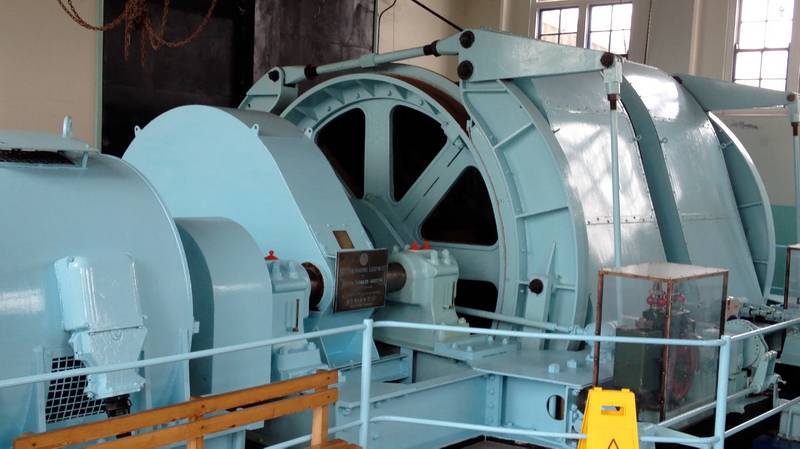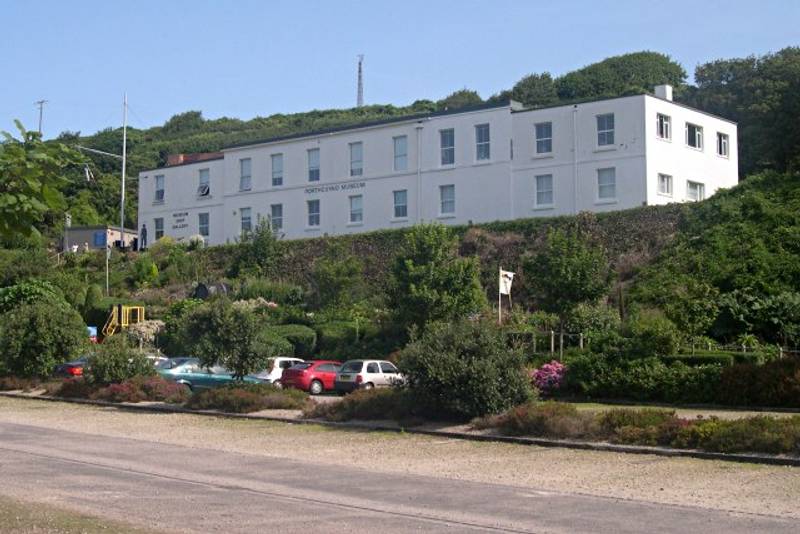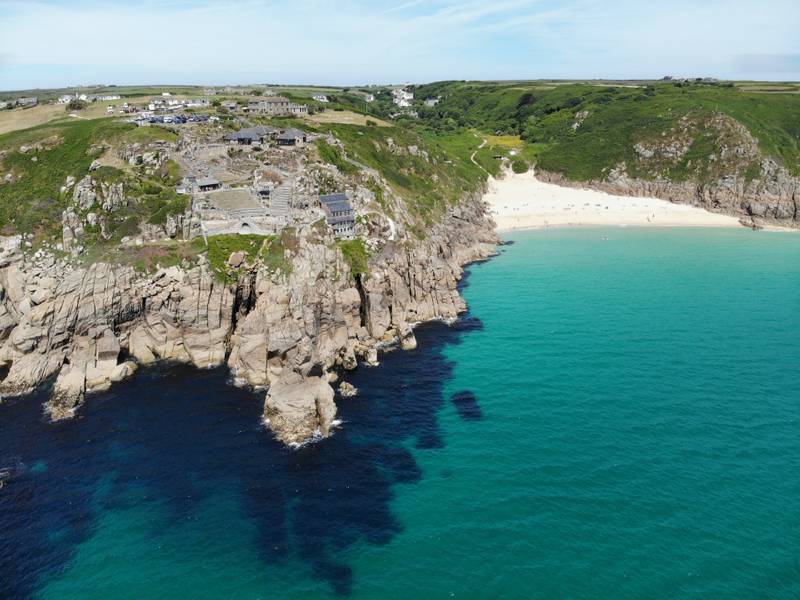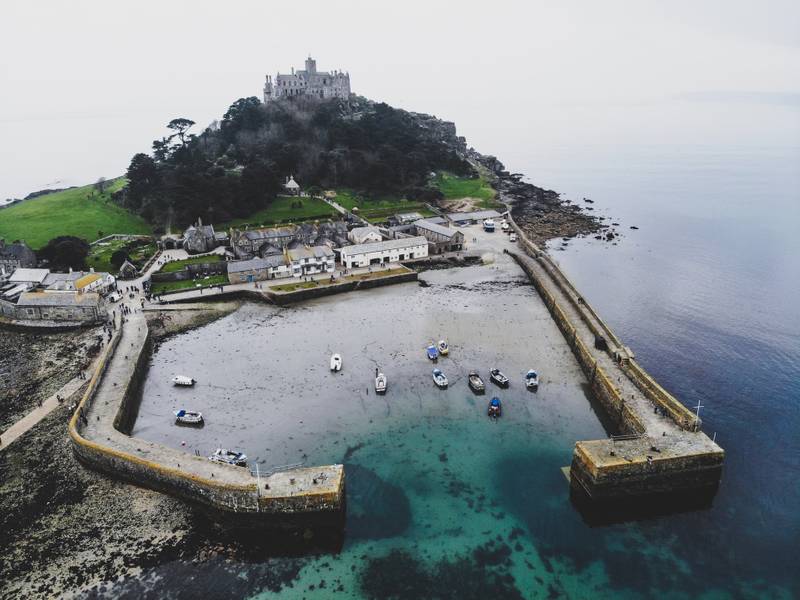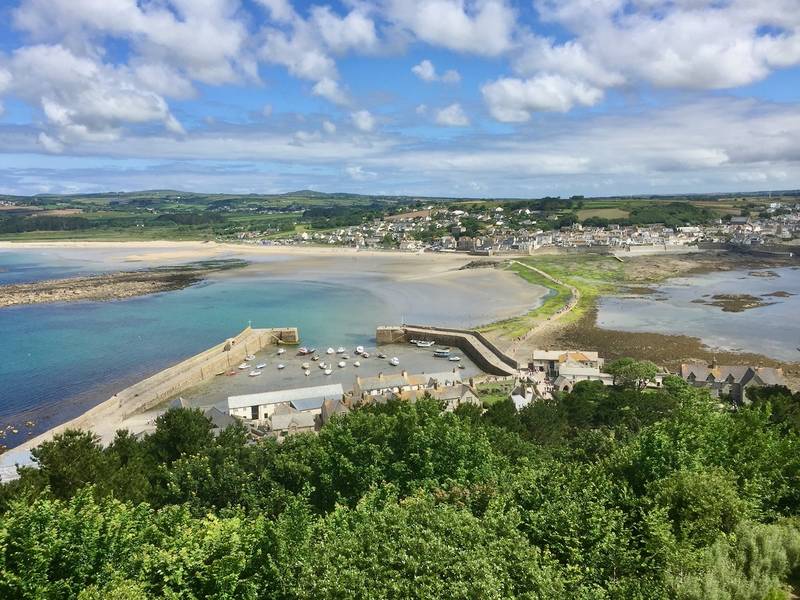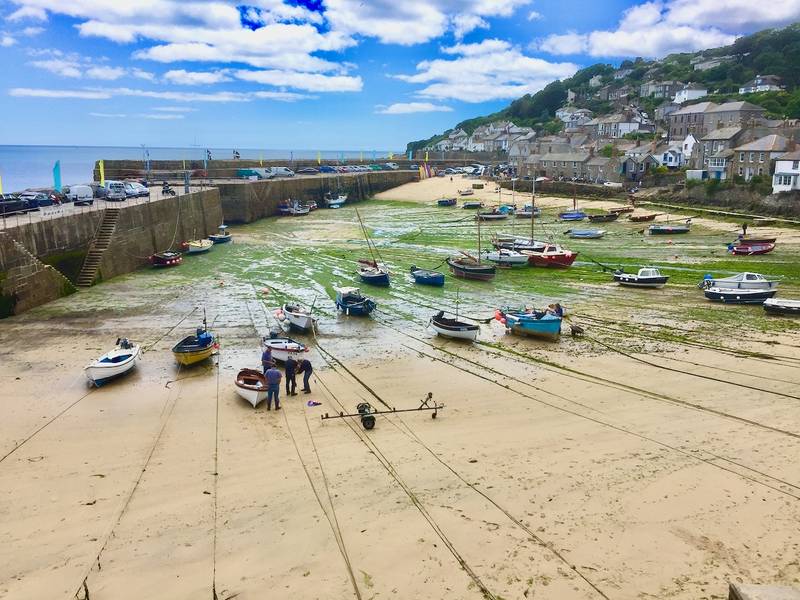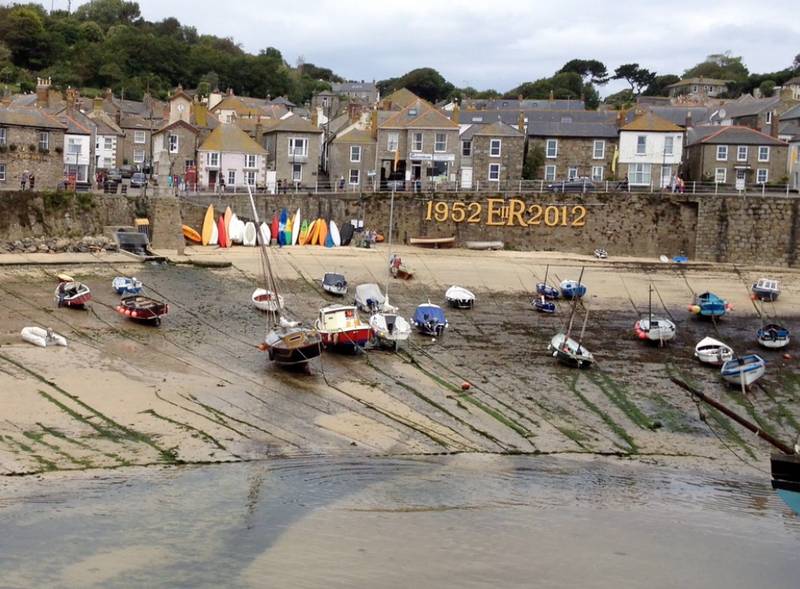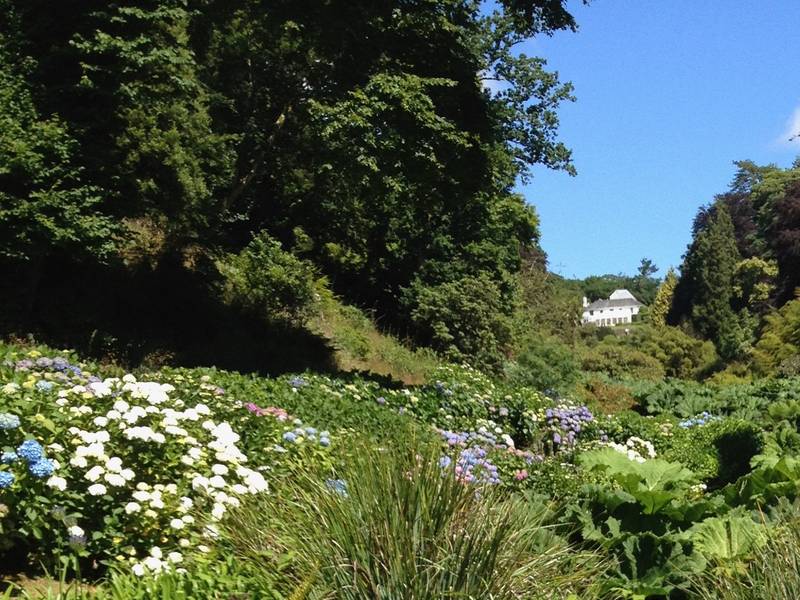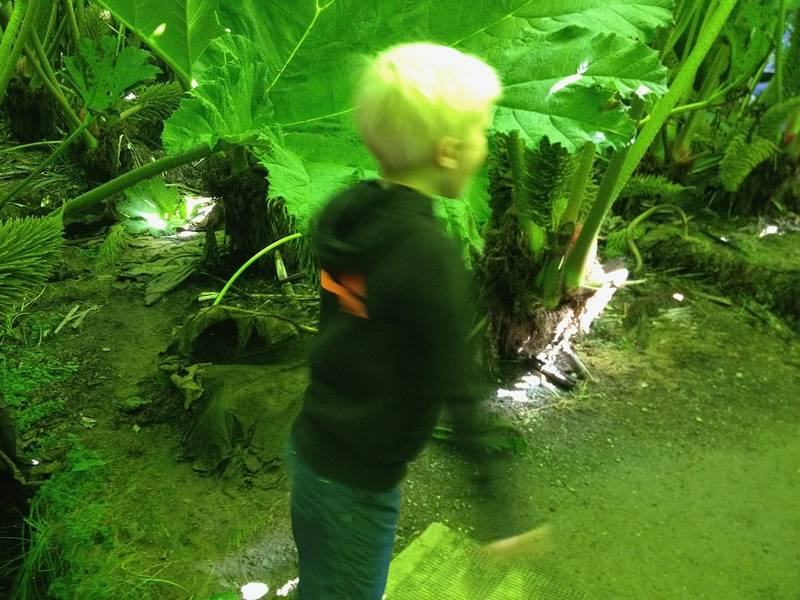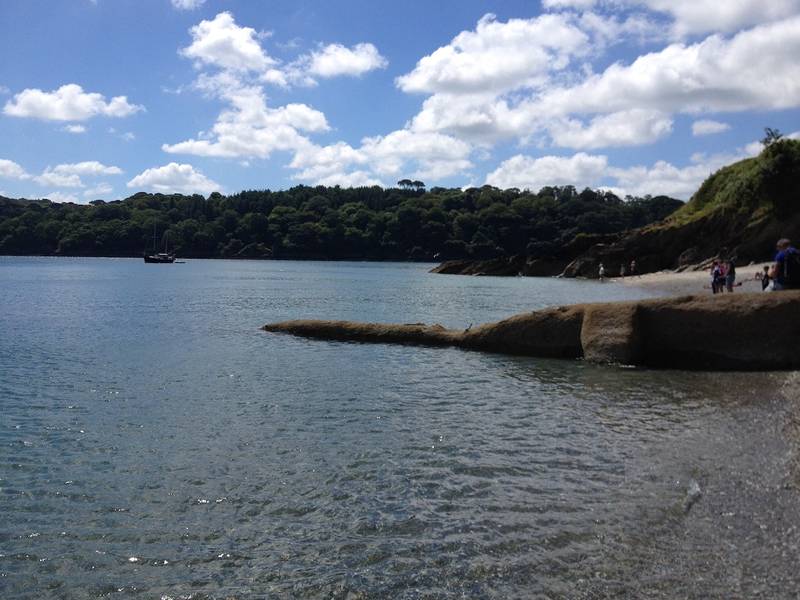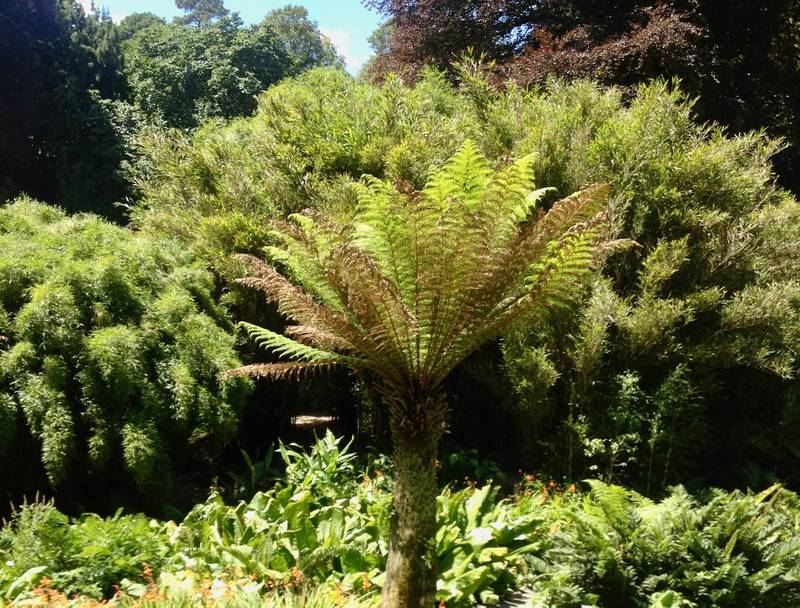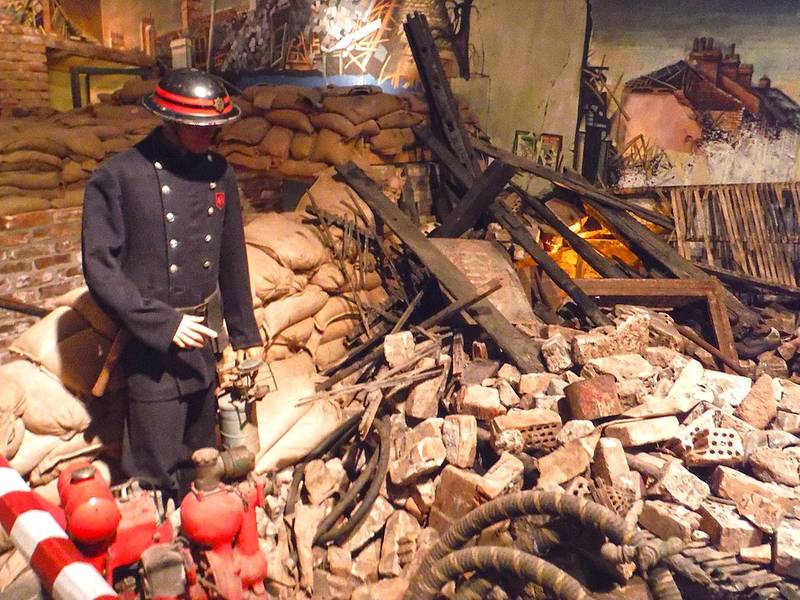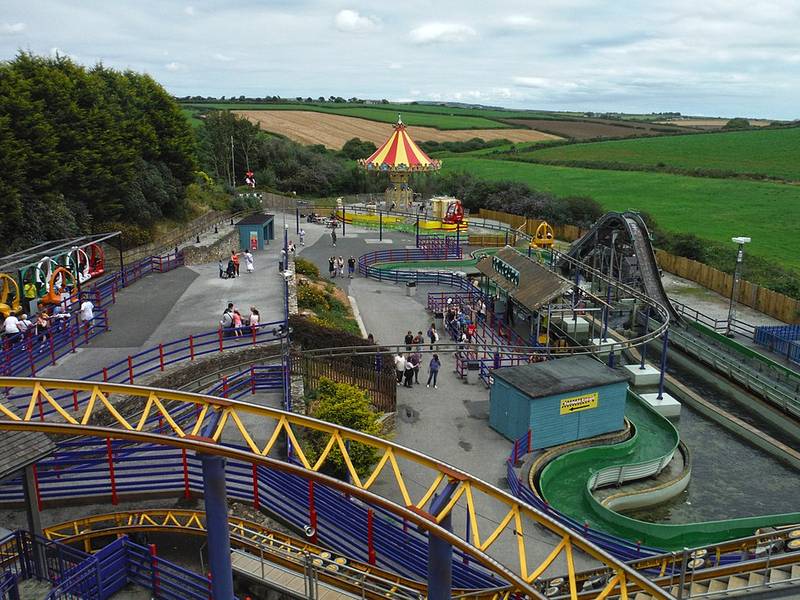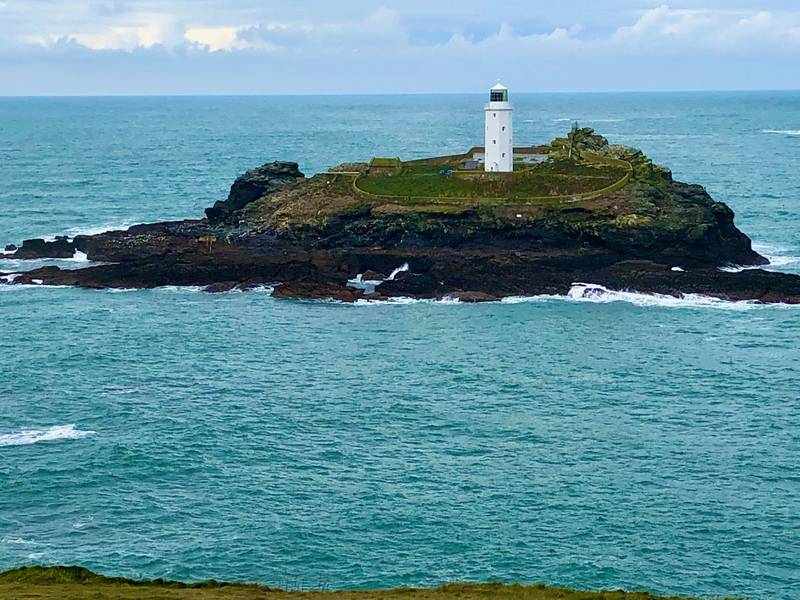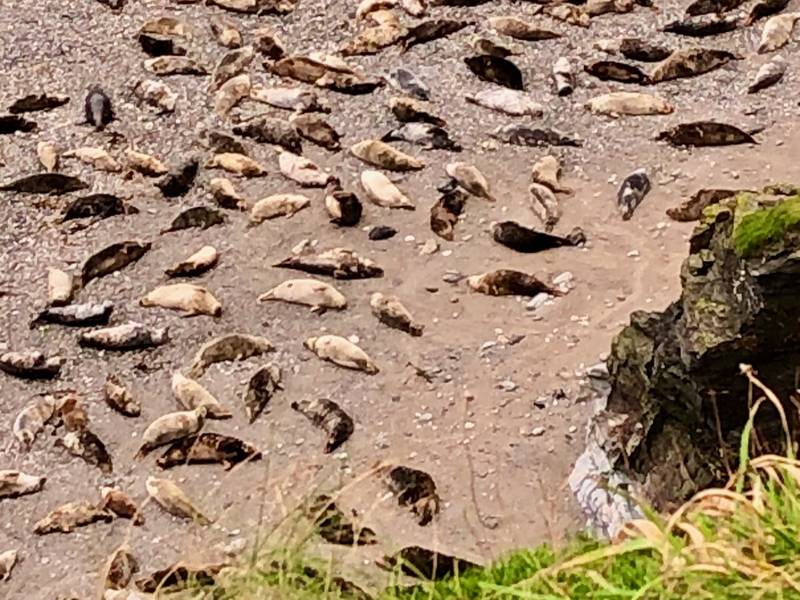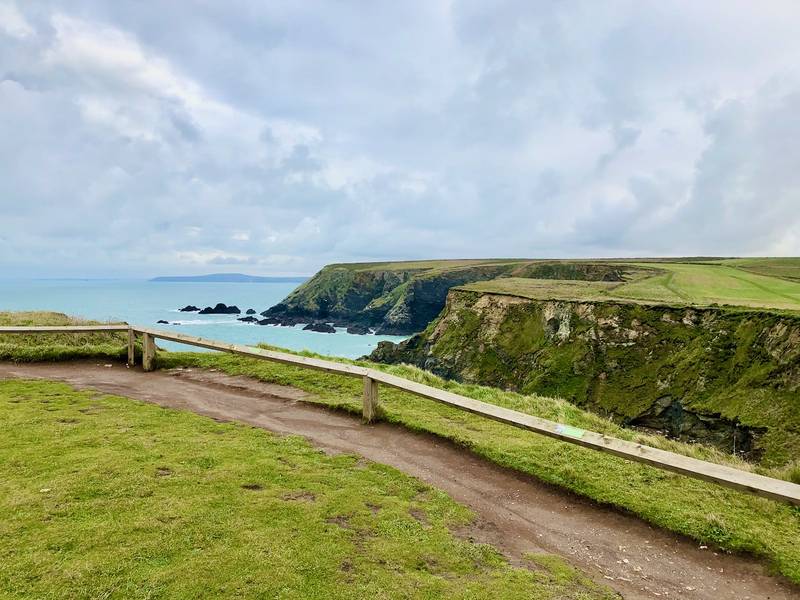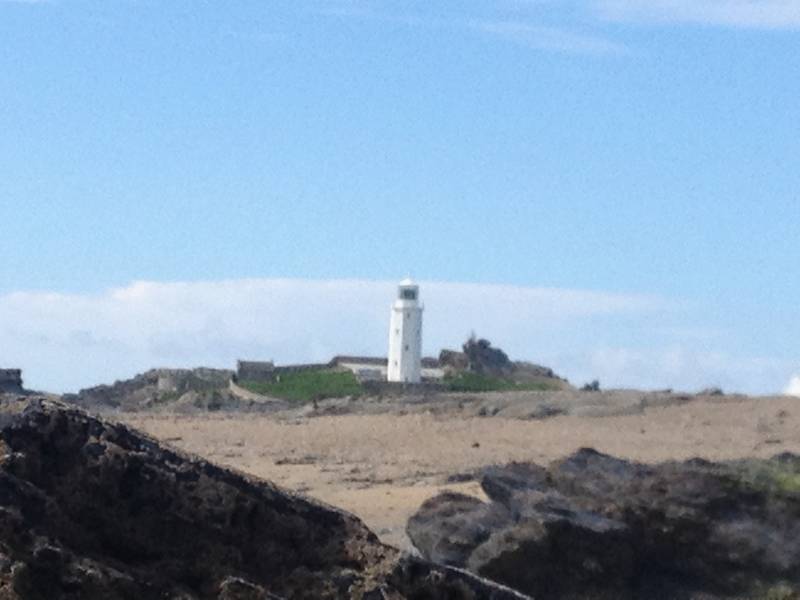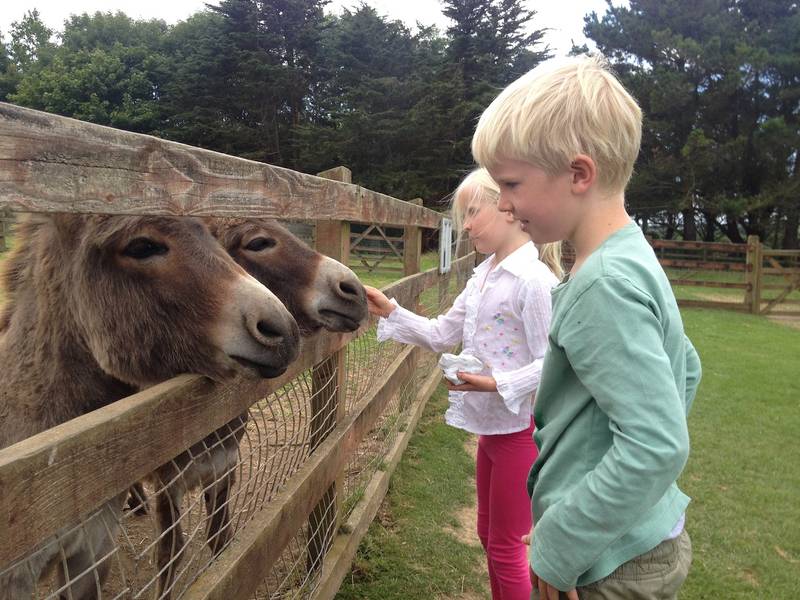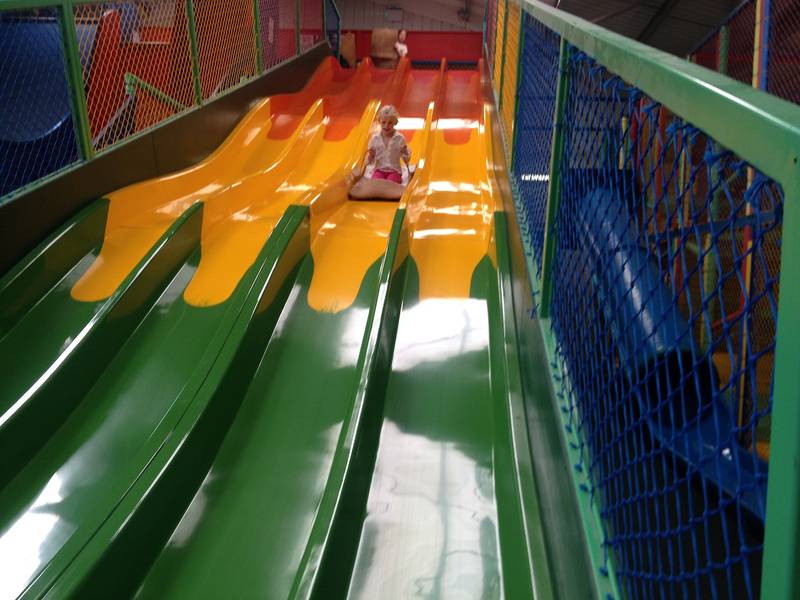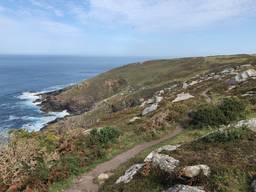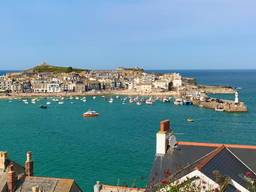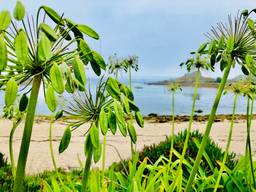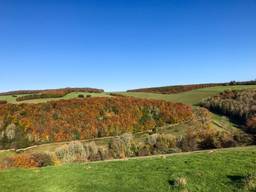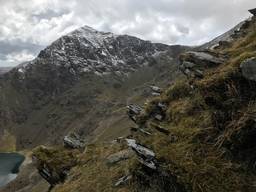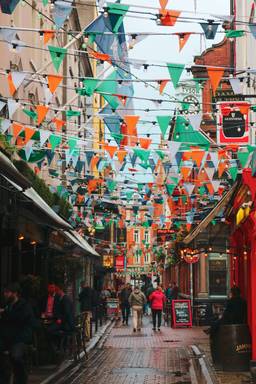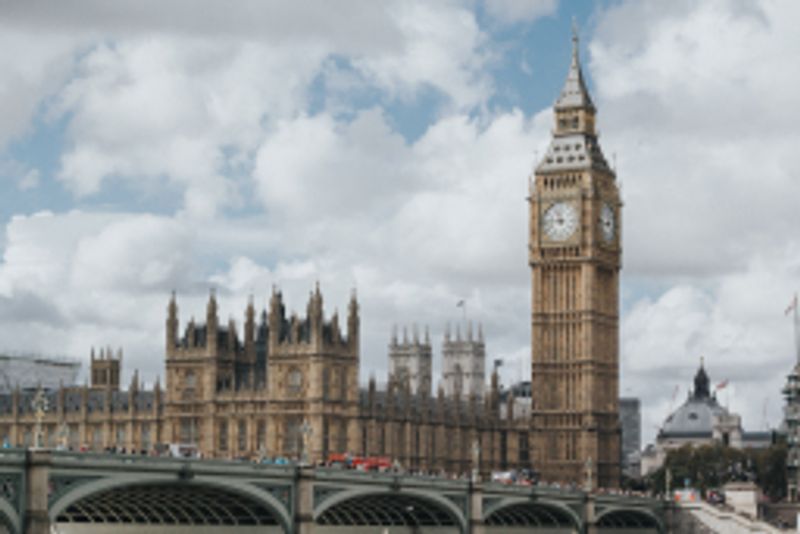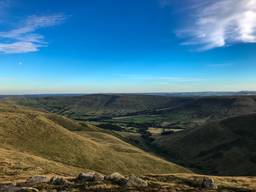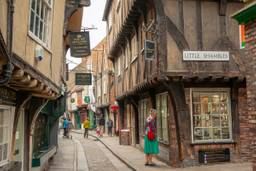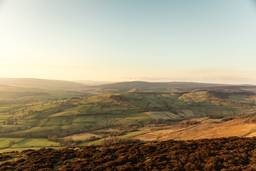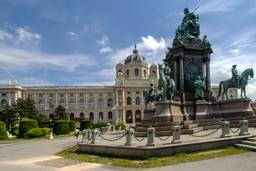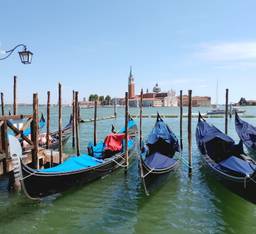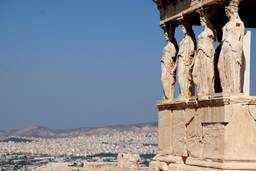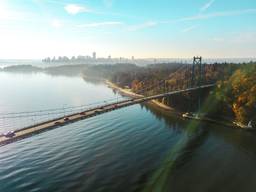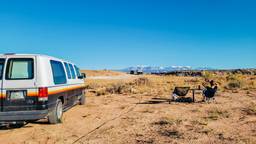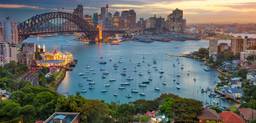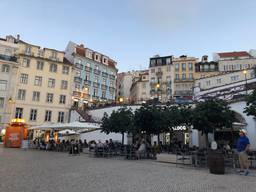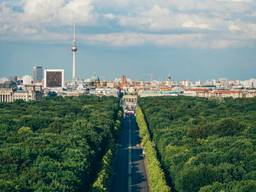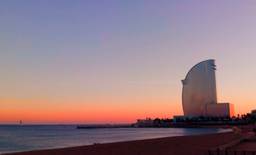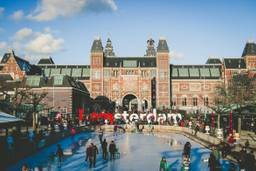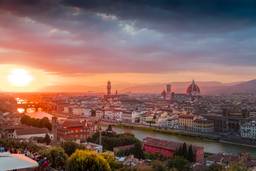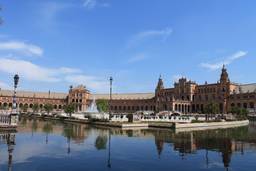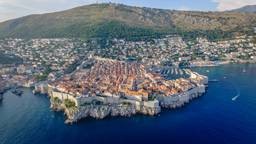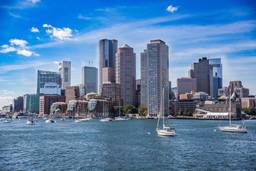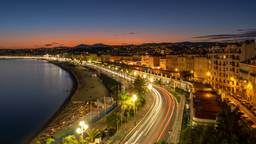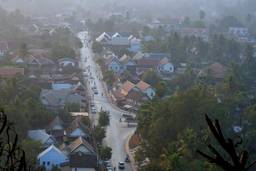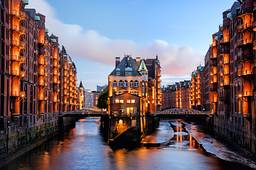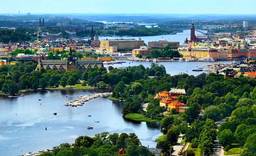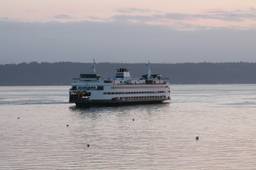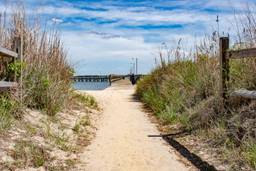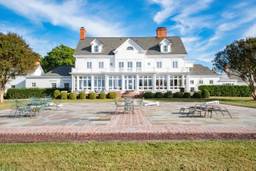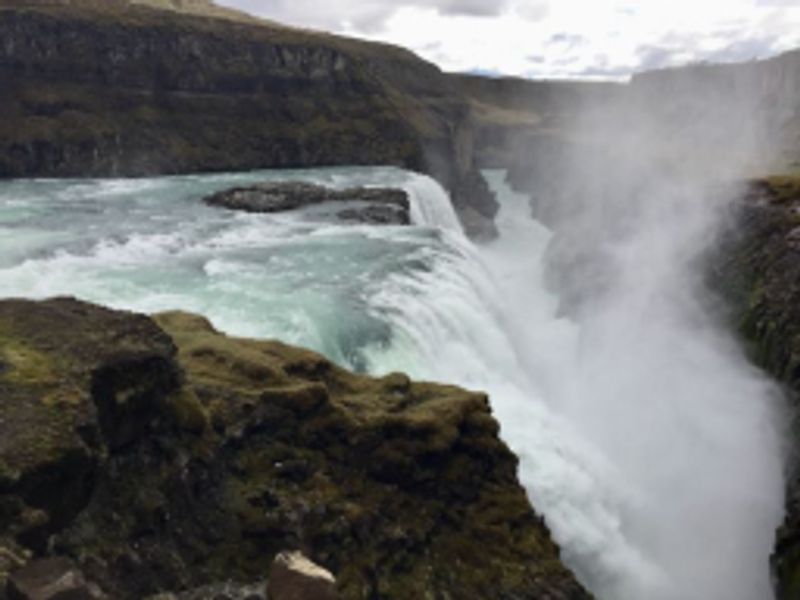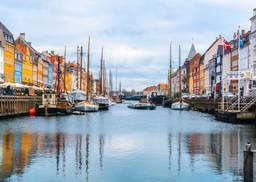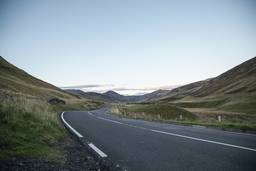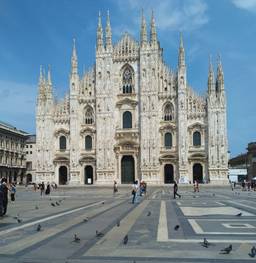Itinerary Introduction
With a 300 mile dramatic coastline, Cornwall in south west England is a beautiful and idyllic location to spend a week or more. Small fishing villages and long sandy beaches, with rolling waves on the north coast and a riviera feel on the south, mean that Cornwall has something for everyone.
Cornwall is a long, vast county - so in this itinerary I have specifically focused on the west of Cornwall - where you'll find loads to do.
You'll likely need to adapt this itinerary to adjust for the weather, and the tides (eg. for the trip to St. Michael's Mount).
I lived in west Cornwall for 10 years, and still visit twice a year to see family. I hope you'll enjoy this itinerary - and can vouch for all of the activities I have included.
*COVID-19* During the COVID-19 crises, the ticketed items here will require you to book ahead. Please visit the website for each activity that I have included.
Useful information about Cornwall
The economy of Cornwall
The local economy in Cornwall is supported by agriculture and then tourism. Fishing has also been a major contributor to the Cornish economy. Historically, mining of tin and copper played a major role in the Cornish economy up until the 20th century.
Head to the port of Newlyn to see the daily fishing catch being auctioned and sent around the UK and over to mainland Europe.
Look out across the landscape for abandoned mine workings from years gone by.
The language in Cornwall
The county of Cornwall has its own language: Cornish. Although it largely became extinct at the end of the 18th century, some communities are trying to revive the language. The Cornish language is a member of the Celtic language family. Many road signs in Cornwall will have the Cornish language equivilant displayed along side. The Cornish word for Cornwall is "Kernow".
Best times to visit Cornwall
Cornwall has a fairly mild climate all year round. However, the best time of year to visit Cornwall is just either side of the summer. English school holidays run from the end of July until the beginning of September. During these months, large number of families visit the region and the roads can become backed up. The traffic is not impossible, but if you can travel outside of these months (say May, June or from the first week in September), then you should encounter pleasant temperatures with fewer crowds.
Getting to Cornwall
There's a main train line that runs through Cornwall. This train line connects to Plymouth and Exeter, where you can connect to go to Bristol, London, the Midlands or Manchester. The train runs through to Penzance (the final stop). From St. Erth, you can connect to a branch line that runs to St. Ives - with absolutely stunning views over the sea and across the bay.
However, to properly enjoy this itinerary, you'll need a car - given the cross-country distances that you will be required to travel. Either bring your own car, or, if flying in, you can rent a car from Bristol airport, as well as the major airports in London, Birmingham and Manchester.
Getting around in Cornwall
Many of the roads inter-connecting places in Cornwall are single-lane roads. Cyclists and walkers should be particularly careful.
Drivers often use their horns on sharp bends to alert on-coming cars of their presence.
Local cuisine in Cornwall
Seafood is a local speciality in Cornwall. Seek restaurants advertising the local catch of the day.
The Cornish pasty is the local "convenience food" and is found in almost all bakeries. Originally taken by miners down the mines for their lunch, one half of the pasty would be meat and potato, while the other half could contain a dessert. These days, pasties can be found in vegetarian and vegan varieties, as well as a host of other flavours.
Making payments in Cornwall
In the UK, cash is accepted everywhere. Most shops accept debit and credit cards.
Where to stay in Cornwall
Look for accommodation with parking - there are plenty of bed and breakfasts, hotels and campsites in the area. If you are coming in high season (school holidays such as Easter, July, August or Christmas), make sure you book well in advance.
A good source of accommodation availability is the local tourist information centre in each town. You can either walk in or ring the centre during opening hours (look up the local tourist information centre online).
Alternative locations
If you think you might want to visit the Isles of Scilly on a day trip during your stay, you can check out my
itinerary here
.


